Spring
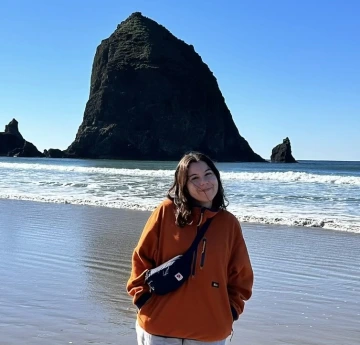
Dora is majoring in Planetary Geosciences with minors in Astrobiology, Statistics and Data Science, and Leadership Studies and Practice. She chose the Astrobiology minor because of it’s interdisciplinary nature. She feels that this minor will give her the opportunity for a unique understanding about the the origins of life and the possibility of extraterrestrial life.
Dora especially enjoyed topics studied in MCB 437: Life in Extreme Environments, which covered extremophiles, planetary analogs, and biological concepts. She was encouraged by instructor Dr. Solange Duhamel to explore these topics through a final project about extremophiles that could live on Europa.
Dora plans to attend graduate school to pursue research related to Europa or Mars. She also wants to participate in fieldwork on planetary analog sites and intends to use her skills in data science when the Europa Clipper mission sends data back to Earth. Currently, Dora works as a NASA Arizona Space Grant intern advised by Dr. Sarah Sutton (LPL). Using HiRISE images and spatial visualization software (QGIS), she has located over 2,000 meter-sized, deeply shadowed pits that appear in the layered deposits of Mars’ north polar region. Dora is conducting a time series analysis of pits in specific areas to understand their possible formation mechanisms and seasonal changes. In addition to her internship, Dora also works as a student research technician making digital terrain models in the HiRISE Digital Terrain Model lab.
When Dora has some free time, she likes to play guitar, read history books, spend time with her family and friends, and participate in science outreach at local schools in Tucson.
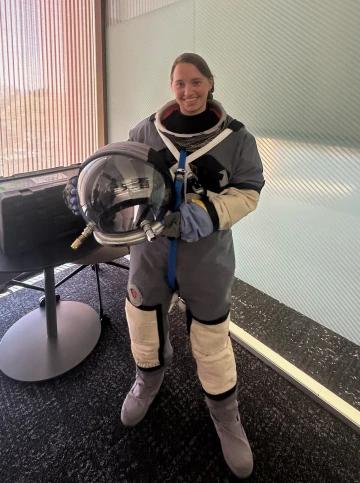
Sarah Nielsen is a Biology and Biochemistry major with minors in Planetary Sciences, Astrobiology, and Emergency Medical Services. Sarah chose Planetary Sciences as a minor because she has been interested in space since she was a child and the PTYS and ASTRB minors allow her to take advantage of the University of Arizona’s great space related curriculum while continuing her love of exploration and discovery.
Sarah’s favorite Planetary Sciences class has been PTYS 214: Life in the Cosmos taught by Dr. Dante Lauretta. She took this as her first planetary science class during her first semester at the U of A. Sarah wanted to take a class that captured her combined interdisciplinary interests in the Earth and life sciences. She enjoyed learning how a few of the “simple” elements (carbon, hydrogen, nitrogen, oxygen, phosphorus, and sulfur) on the periodic table can form complex planetary systems that potentially sustain an environment to harbor life. This class also demontrated to Sarah how planetary science can contribute to other fields, like astrobiology, in answering some of the biggest questions about the universe, including how the planets of our Solar System originated and evolved, and how planetary conditions can impact life.
Sarah is currently working with Dr. Lauretta through the NASA Arizona Space Grant internship program, on a project studying how deep-sea samples near the Lost City Hydrothermal Field at the Atlantis Massif can be used as an analog for hydrothermal processes on asteroid Bennu. Sarah is using the electron microprobe in the Kuiper-Arizona Laboratory of Astromaterials Analysis to do this work.
Sarah plans on applying to M.D. or M.D./Ph.D. programs when she graduates. She wants to stay connected with space missions and make advancements in planetary sciences and astrobiology while also pursuing medicine as a physician.
When she is not working on schoolwork or research, Sarah enjoys practicing archery with the Wildcat Archery team and also enjoys drawing and painting. She is an ambassador for the Arizona Astrobiology Center, an activity which allows her to communicate her passion for astrobiology to the Tucson community through outreach events and other center projects.

Congratulations to LPL's 2025 Galileo Circle Scholarship recipients: Roberto Aguilar, Arin Avsar, Naman Bajaj, Orion Hon, Devin Hoover, Lori Huseby, Beau Prince, Anna Taylor, and Chengyan Xie.
Galileo Circle Scholarships are awarded to the University of Arizona's finest science students and represent the tremendous breadth of research interests in the University of Arizona College of Science. The scholarships are supported through the generous donations of Galileo Circle members. Galileo Circle Scholars receive $1,000 and the opportunity to introduce themselves and their research to the Galileo Circle patrons.
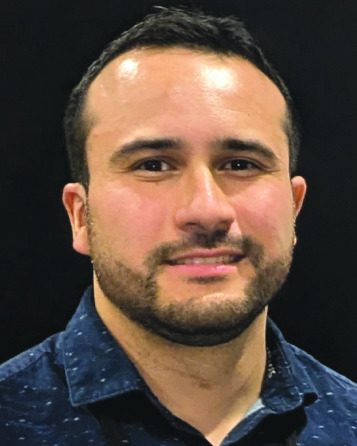 Roberto Aguilar
Roberto Aguilar
Advisor: Jack Holt
Studying the interior of Martian mid-latitude glaciers with data from the SHARAD sounder and leading the development of a state-of-the-art drone-based ground penetrating radar to retrieve shallow subsurface structures in Mars-analog glaciers.
 Arin Avsar
Arin Avsar
Advisor: Daniel Apai
Seeking to understand catastrophic collisions between planetesimals, which is the main dynamical process that governs the evolution of debris disks and developing a model that evolves the remnants of planetesimal collisions to determine the ideal disk orientation, stellar type, and observatory to detect such collisions.
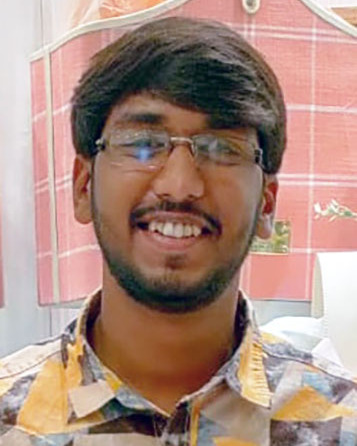 Naman Bajaj
Naman Bajaj
Advisor: Ilaria Pascucci
Using the James Webb Space Telescope to study the disks of dust and gas around distant stars where planets are just starting to form.
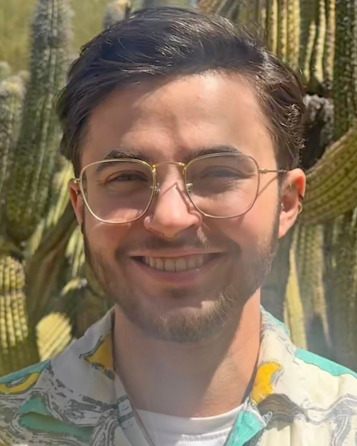 Orion Hon
Orion Hon
Advisor: Lynn Carter
Investigating volcanic environments on Earth that are analogous to lunar volcanic terrains using geophysical instruments that can be employed by future robotic or human explorers on the Moon. These techniques allow exploration of the lunar subsurface, which is key to revealing volcanic landforms and resources that have been buried by billions of years of geologic evolution.
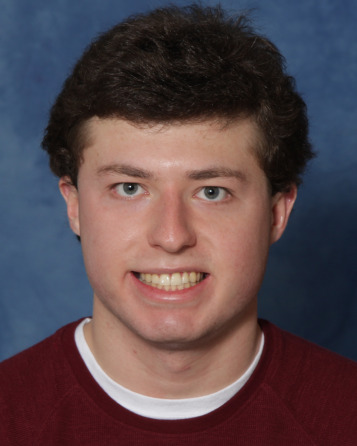 Devin Hoover
Devin Hoover
Advisor: Tommi Koskinen
Pursuing a comprehensive investigation of the atmosphere of Saturn's moon, Titan, using an unexplored dataset from the Ultraviolet Imaging Spectrograph instrument that flew on the Cassini spacecraft. This work is the first step towards combining data from multiple Cassini instruments to create a detailed, global view of Titan's atmosphere.
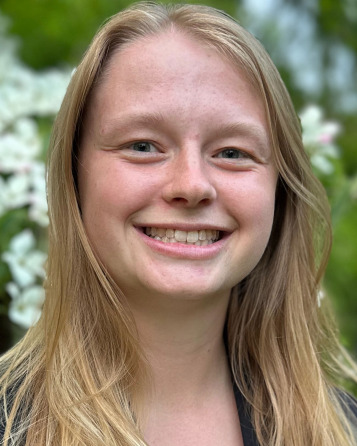 Lori Huseby
Lori Huseby
Advisor: Mark Marley
Conducting laboratory studies in exoplanet haze chemistry to better understand how laboratory work can shape and constrain current modeling efforts and future telescopic observations of exoplanets.
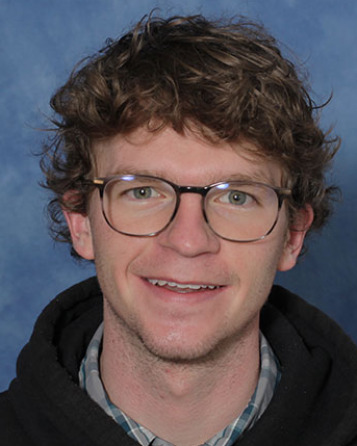 Beau Prince
Beau Prince
Advisor: Tom Zega
Using transmission electron microscopy to study the mineralogy of OSIRIS-REx sample returns at the nanometer scale to learn about the interior of asteroid Bennu's parent body.
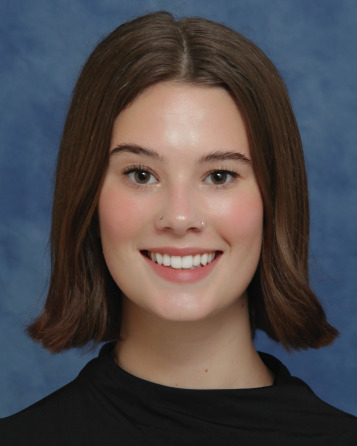 Anna Taylor
Anna Taylor
Advisor: Tommi Koskinen
Studying the evolution of exoplanetary atmospheres and their interactions with their host stars, with a research focus on atmospheric escape, a crucial process that shapes planetary atmospheres over time, influencing their composition, structure, and potential habitability. The integration of theoretical hydrodynamic models with observational data aims to refine our understanding of how escaping atmospheres are detected through spectral features.
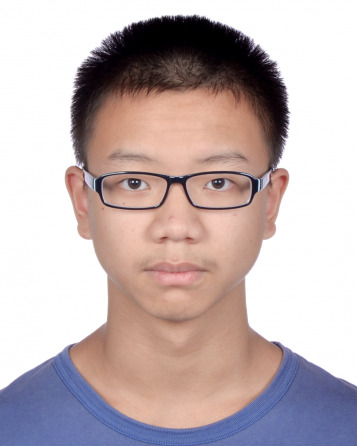 Chengyan Xie
Chengyan Xie
Advisor: Ilaria Pascucci
Using the James Webb Space Telescope to investigate the chemical composition of the inner regions of protoplanetary disks where habitable zones are situated and mining older data sets to characterize the chemical compositions of aging disks, compare them with younger samples, and map evolutionary trends. This work will ultimately advance our understanding of how planetary systems emerge over time.
Chaucer Langbert won this year’s Graduate Teaching Assistant Excellence Award for their support of PTYS/ASTR 170A1 Alien Earths with instructor Dr. Joe Schools during the Fall 2024 semester.
Chaucer was the sole teaching assistant for this writing-intensive class, providing accurate yet encouraging grading for 50+ essays on a weekly basis, in addition to a final project consisting of a 10-minute video. Chaucer made what was best for the student a priority, including providing for revisions of all rather than just a few of the essays.
Chaucer created their own course material and taught portions of the course based on their expertise in climate cycling and exoplanets. They attended all lectures and participated in both in-class and after-class discussions with students. Chaucer’s efforts were acknowledged in the student evaluations, which were uniformly excellent.
The GTA Excellence award provides $1,000 in support of conference and research travel.
The Graduate Teaching Assistant Excellence Award is an LPL initiative which is intended to promote, recognize, and reward exemplary performance among graduate teaching assistants assigned to PTYS undergraduate courses. The award consists of funding intended to be used toward travel and expenses to professional meeting chosen by the recipient. All graduate teaching assistants assigned to PTYS courses are eligible, whether or not their home department is PTYS.
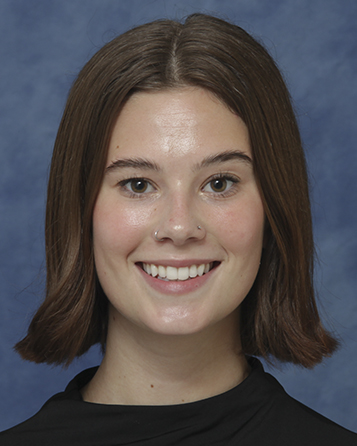 Anna Taylor is the recipient of the 2025 Leif Erland Andersson Award for Service and Outreach.
Anna Taylor is the recipient of the 2025 Leif Erland Andersson Award for Service and Outreach.
Anna is a second-year student working with Associate Professor Tommi Koskinen. Her research interests include exoplanets and planetary atmospheres.
Despite being an early-career student, Anna has a long list of science outreach to her credit. Early in her student career, Anna volunteered with the U of A College of Science Brunch with Bennu event and has gone on to represent LPL at many other events, including the “STEAM Night and Star Party” at Esmond Station K-8 school, Arizona Sands Club Eclipse Viewing Event, and the Mica Mountain High School Computer Science night.
Anna often participates in community science outreach programs. She has served on a graduate panel at the Conference for Undergraduate Women in Physics and has given research career talks to the Women in Physics Club at North Carolina State University, the John T. Hoggard High School, and Tucson City High School.
Anna also ran the Exoplanet-James Webb Space Telescope station at the University of Arizona Foundation special event for the Old Main Society. She facilitated a field trip for a science class from Tucson City High School to come to visit LPL and learn about research at the department. She is actively participating in Arizona Science Center’s Girls Who STEM program where she mentors young girls through lab and science activities, helping them navigate uncertainties and self-doubt in STEM fields; she has mentored over 40 young women mentored to date. Anna also works with the STAR Labs Mentorship program, currently advising a high school student on a research project that focuses on the impact of possible planetary magnetic fields on the upper atmospheres of exoplanets.
The LPL Andersson Award for Service and Outreach is awarded annually to a PTYS graduate student in recognition for attention to broader impacts and involvement in activities outside of academic responsibilities that benefit the department, university, and the larger community. The award is named for Dr. Leif Andersson, a scientist who worked at LPL in the 1970s. Support the Andersson Award with a gift.
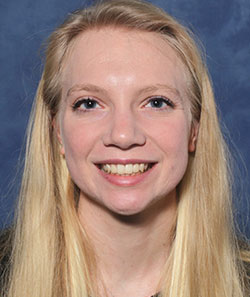
Mackenzie Mills is the 2025 recipient of the Gerard P. Kuiper Memorial Award, which recognizes excellence in academics and research. She defended her dissertation, Evolutionary Landscapes and Resurfacing Processes of Planetary Surfaces in Fall 2024. Her advisor was Regents Professor Alfred McEwen. She is currently a Physical Scientist working at the U.S.G.S. Washington Water Science Center in Tacoma, Washington.
Despite spending her first LPL year entirely remote due to COVID and having to relinquish a Fulbright Scholar project, Mackenzie completed her degree in just over four years. While at LPL, she won a NASA FINESST grant and two Galileo Circle awards and made substantial contributions to research about Mars and icy moons, pursing a broad range of techniques, including analysis of remote sensing data, modeling, and field work.
In her student career as a graduate student, Mackenzie made important contributions to research, teaching, and innovation. She collaborated successfully with multiple scientists at JPL, U of A, U.S.G.S., and the University of Bern. She demonstrated her leadership skills as President of the Alpha Kappa Chapter of Sigma Gamma Epsilon. Mackenzie also tutored students and mentored secondary school students in Baltimore and Tucson and has mentored visually-impaired middle and high school students through the U of A initiative, Project POEM. Also while a student, she participated in science outreach by giving talks to local astronomy groups.
Mackenzie published four first-author papers while a graduate student at LPL. In the first, she mapped a region around the Tianwen-1 landing site and Zhurong rover in Utopia Planitia, Mars. The mapping established extensive resurfacing by flows, most likely of igneous or sedimentary (mud flow) origin. Mackenzie presented results at the Lunar and Planetary Science Conference in 2023. The study of rift zones and resurfacing on Mars was an outgrowth of a summer internship at the NASA Jet Propulsion Laboratory. The second paper topic also grew from her JPL research about moonquake-induced mass wasting of icy satellites and resulted in a NASA press release. The paper’s hypothesis that seismically-induced mass wasting creates smooth (at the 100-m scale) plains will be tested by high-resolution (to 0.5 m/pixel) images and topography from Europa Clipper. For her third paper, Mackenzie manually mapped the distribution of pitted cones in Utopia Planitia (Mars). And in a fourth paper, Mackenzie used machine learning to map pitted cones over all of Mars, creating global maps of pitted cones and indicating that >90% are over the Vastitas Borealis formation. Results support the case for lowland pitted cones as mud (not magmatic) volcanoes.
The Gerard P. Kuiper Memorial Award is presented to students who best exemplify, through the high quality of their research and the excellence of their scholastic achievements, the goals and standards established and maintained by Gerard P. Kuiper, founder of the Lunar and Planetary Laboratory and the Department of Planetary Sciences at the University of Arizona. To support students with the Kuiper Award, visit the University of Arizona Foundation.
By Lori Huseby and Searra Foote
After a hiatus in 2024, the Kuiper Space Science building and the Lunar and Planetary Laboratory hosted the graduate student-led art show, The Art of Planetary Science (TAPS), over the weekend of February 21-23rd. Over 400 artists, scientists, and community members participated and visited the exhibit, where over 150 pieces of fine art, data art, theme art, and a special exhibit were displayed. This year’s theme was “50 Years of Mystery and Discovery on Mars.”
One special exhibit involved Imagination 1, a mission that took place at the Space Analog for the Moon and Mars, a high-fidelity center located at the University of Arizona’s Biosphere 2. An all-artist crew of four University of Arizona professional artists (a non-fiction writer, a dancer/choreographer, a poet and a textile artist) undertook a six-day simulated Moon mission, generating creative work shaped by the limitations and possibilities of life and culture beyond Earth. We were honored to provide them a space to showcase and present their work. In addition to this special exhibit, there were special events each day, including local bands Rubee and Daytrails, night and day telescopes provided by Professor of Practice Steve Kortenkamp and the Tucson Amateur Astronomy Association, respectively, and a burlesque show titled “Chiasm Cabaret” at Hotel Congress in downtown Tucson.
Visit the TAPS website for more information on the art show, including art show winners, photo gallery, and information about our upcoming 2026 show. Thank you to everyone who participated and visited the exhibit this year. We cannot wait to see you all again in February 2026 for the next TAPS art show!
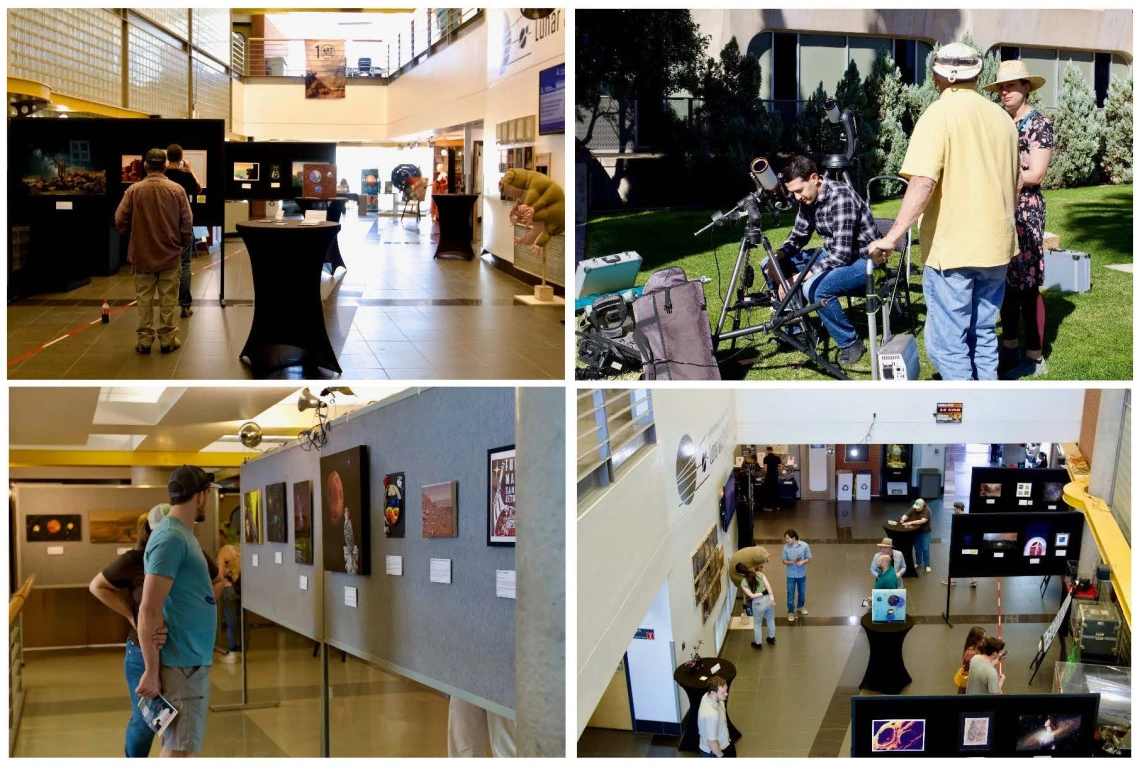
Dathon Golish is the recipient of the LPL Staff Excellence Award for 2025 in he category of Science/Engineering Staff.
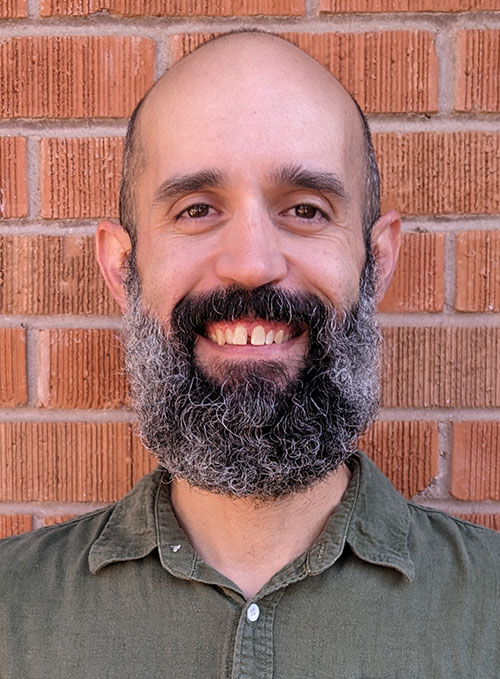 Since joining LPL in 2013, Dathon Golish has been an indispensable member of multiple high-profile planetary science mission projects.
Since joining LPL in 2013, Dathon Golish has been an indispensable member of multiple high-profile planetary science mission projects.
Dathon is the Mission Instrument and Observation Scientist for OSIRIS-APEX. His leadership with observation planning and calibration and development of detailed observation plans has been essential to the success of OSIRIS-APEX concept of operations development. Dathon is also the Systems and Integration & Test Lead for the SeisLEMS payload development on Artemis III’s Lunar Environment Monitoring Station (LEMS). He has stepped up to fill key gaps in system design, performance and environmental testing, and validation and his expertise has been instrumental in keeping the program on track, ensuring that this complex spaceflight instrument meets mission requirements while strengthening LPL's capacity to build cutting-edge planetary seismic instrumentation.
Dathon embodies the spirit of mentorship and professional development, guiding numerous undergraduate students in spaceflight hardware development, contributing to both LPL’s research excellence and the growth of the next generation of planetary scientists and engineers. His role as Deputy PI of CatSat, a student-led CubeSat mission, is just one example of how he has fostered hands-on learning opportunities.
This staff award recognizes Dathon for his leadership in spaceflight instrumentation, his technical expertise, deep institutional knowledge, and ability to work seamlessly across engineering and science teams that make it possible for LPL to execute complex, multi-year spaceflight missions. Moreover, we thank Dathon for stepping into additional roles when projects are short-staffed, for mentoring early-career scientists, and for developing methods that enhance mission capabilities.
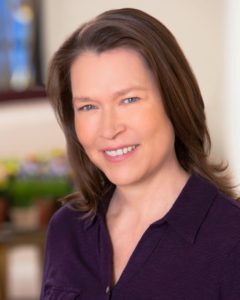 Denise Blum is the recipient of the LPL Staff Excellence Award for 2025 in the category of Administrative Staff.
Denise Blum is the recipient of the LPL Staff Excellence Award for 2025 in the category of Administrative Staff.
In her role as Research Program Administration Officer, Denise Blum does an exceptional job in managing the complex budgets for U of A flagship spacecraft missions, OSIRIS-REx and OSIRIS-APEX. She brings to her role an unparalleled attention to detail, commitment to teamwork, and a proactive view to improving processes and workflows.
Denise is the subject matter expert for the required financial tracking and reporting required by NASA; she takes the initiative to identify opportunities for cost-savings while considering the needs and perspectives of mission partners and other key stakeholders and considerations. Mission operations run more smoothly because mission partners know they can rely on the precise detail and accuracy of her work.
Denise takes her role as a supervisor seriously and is committed to developing talent within the team. And she is also a team player in every sense, regularly volunteering to take on additional tasks and going “above and beyond,” often taking on responsibilities outside of her job description to ensure the success of the OSIRIS-REx and OSIRIS-APEX missions and the cohesion of the mission teams.
Denise's colleagues describe her work is indispensable to the OSIRIS-REx and OSIRIS-APEX teams. She is a true professional and a valued colleague who consistently demonstrates excellence in all that she does.
Pagination
- Previous page
- Page 3
- Next page

